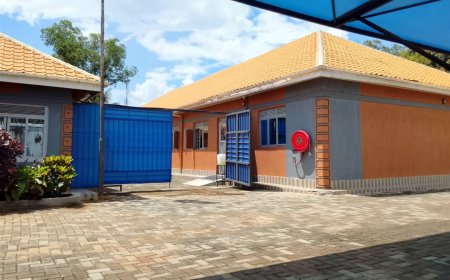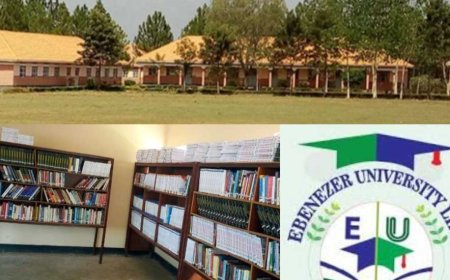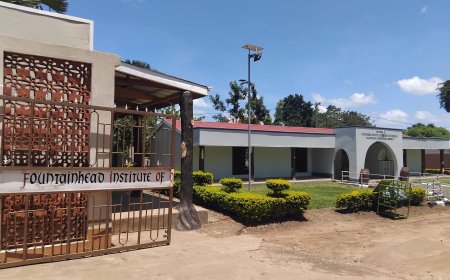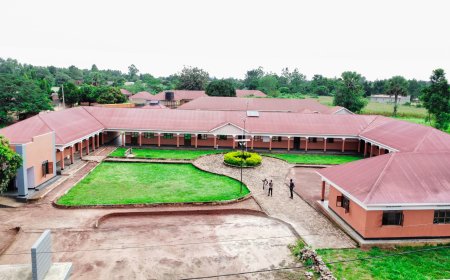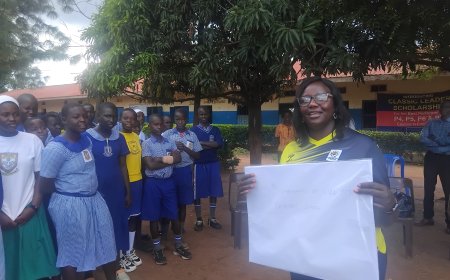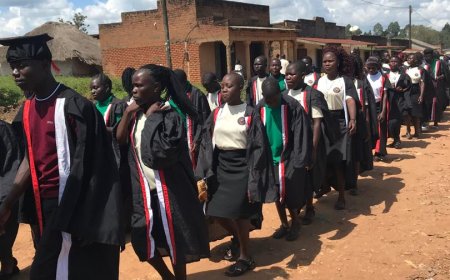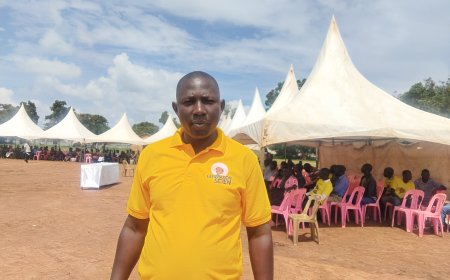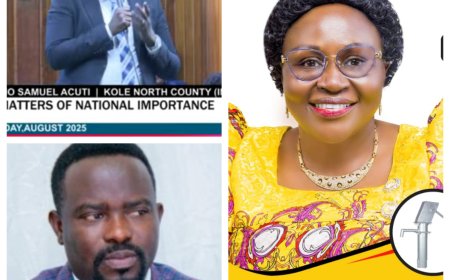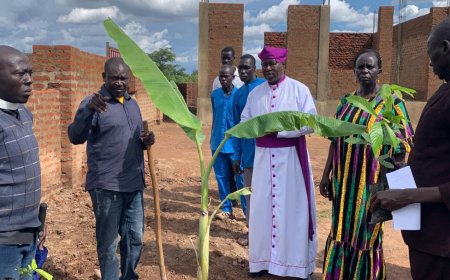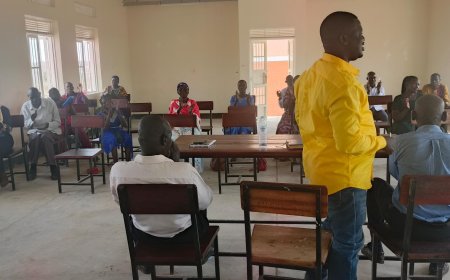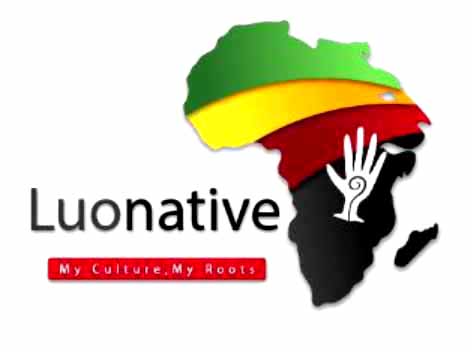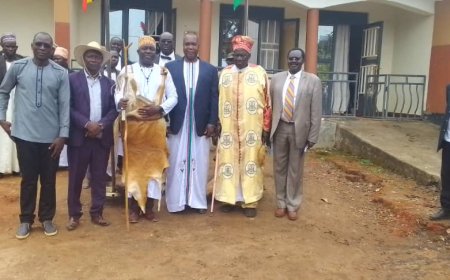Government Launches rehabilitation of 2.4 billion oil seed road Project in Zombo

Government Launches rehabilitation of 2.4 billion oil seed road Project in Zombo
By Mike Rwothomio
West Nile, Uganda: Zombo District through the ministry of Agriculture has launched the rehabilitation of the 13.9-kilometer Yamu-Ugudu-Lazebu road, traversing the parishes of Ogusi, Angol, and Pamac in Atyak Sub-County, as a component of the National Oilseeds Project (NOSP).
This infrastructure project, valued at UGX 2.4 billion, is designed to bolster the oilseeds value chain, focusing on crops such as sunflower, soybean, and groundnuts to enhance rural livelihoods and increase agricultural productivity.
The initiative includes significant capital expenditure on road rehabilitation, addressing longstanding infrastructure bottlenecks in Zombo and Atyak Sub-County.
The project scope encompasses the construction of the Ora Bridge to improve connectivity to Arua District, Arua City, Madi-Okollo, and other regions, thereby reducing transportation costs and enhancing market access for oilseed farmers.
Zombo, one of the 13 districts in the West Nile sub-region, is a key beneficiary of NOSP due to its high potential for oilseed production and its strategic proximity to the Democratic Republic of Congo.This positions the region as a critical node in regional trade and agricultural supply chains.
The project is supported by the Government of Uganda, the International Fund for Agricultural Development (IFAD), and other development partners, aligning with Uganda’s Vision 2040 to transform the country into a modern, middle-income economy through commercial agriculture and financial inclusion.
At the groundbreaking ceremony held on May 27, 2025, in Yamu Trading Center, District Engineer Isaac Ngagenu announced that the UGX 2.4 billion project, classified as a Class C road, is expected to be completed within eight months.
Ngagenu emphasized community oversight to ensure quality, noting that culverts will be installed to improve drainage and facilitate the transport of agricultural products, thereby strengthening supply chain efficiency.
Bruno Nuwagaba, site engineer for Azu Property Limited, outlined the project’s technical components, including bush clearing, road shaping, drainage systems, culvert installation, and gravelling.
He highlighted the need for enhanced security to prevent theft of construction materials, ensuring optimal resource allocation and project efficiency.
The NOSP, a UGX 597.34 billion ($159.93 million) initiative funded by IFAD and the OPEC Fund for International Development, targets 120,000 smallholder households across 81 districts, organized into six agroecological hubs: West Nile, Acholi, Lango, Eastern, Mid-Western, and Karamoja.
In West Nile, which includes districts such as Arua, Koboko, and Yumbe, the project supports 5,900 farmer groups, with a focus on women (60%) and youth (40%) to promote commercialization and economic resilience.
Zombo’s LCV Chairperson, James Oruna Oyullu, directed the contractor to prioritize road upgrading and compaction to maintain accessibility, as the road serves as the primary economic artery for the community.
Community Development Officer Samuel Ocaki urged laborers to maintain ethical conduct and cautioned the contractor against delayed or non-payment of workers, emphasizing labor market fairness.
Chief Administrative Officer Robert Abenaitwe stressed accountability, demanding high-quality work within the stipulated timeline to maximize economic returns.
Assistant Resident District Commissioner Bruno Manano reinforced this, warning against substandard workmanship to ensure value for money and safeguard the project’s contribution to regional economic development.
Ora County MP Songa Biyika Lawrence encouraged farmers to capitalize on improved market access by increasing oilseed production, aligning with the project’s goal of enhancing agricultural output and reducing Uganda’s reliance on imported vegetable oil.
The NOSP builds on the Vegetable Oil Development Project Phase 2 (VODP2) and addresses challenges such as low yields (e.g., 32,000 kg from 130 acres in West Nile due to late seed distribution, poor harvest handling, and adverse weather), inadequate mechanization, and counterfeit seeds.
Local leaders, including Atyak Sub-County LCIII Chairperson Alfred Okura, highlighted the road’s role in connecting Zombo to Arua District and City, fostering economic integration.
Community members, including Picho Benard and Rasul Kumakech, expressed support for the project and urged productive use of the infrastructure.
Complementary projects, such as the 105 km Koboko-Yumbe-Moyo road funded by a $130.8 million World Bank grant, further enhance connectivity in West Nile, a region hosting 59% of Uganda’s refugees.
These infrastructure investments improve access to markets and services, directly benefiting 360,177 refugees and indirectly supporting 810,529 individuals.
The Zombo road rehabilitation complements other recent infrastructure projects under the LoCAL initiative, including the Namthin and Fada footbridges and the Pagisi-Namthin road, reflecting a broader commitment to regional economic development.
By addressing supply-side constraints and enhancing market linkages, the NOSP and associated infrastructure projects aim to drive sustainable economic growth, improve rural incomes, and strengthen Uganda’s agricultural sector.
What's Your Reaction?









